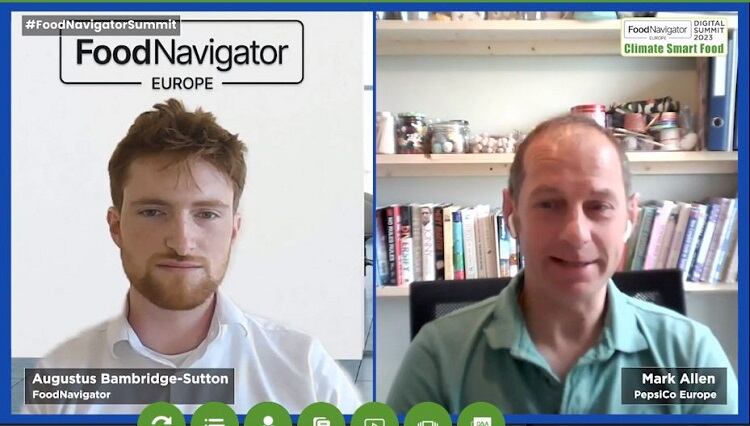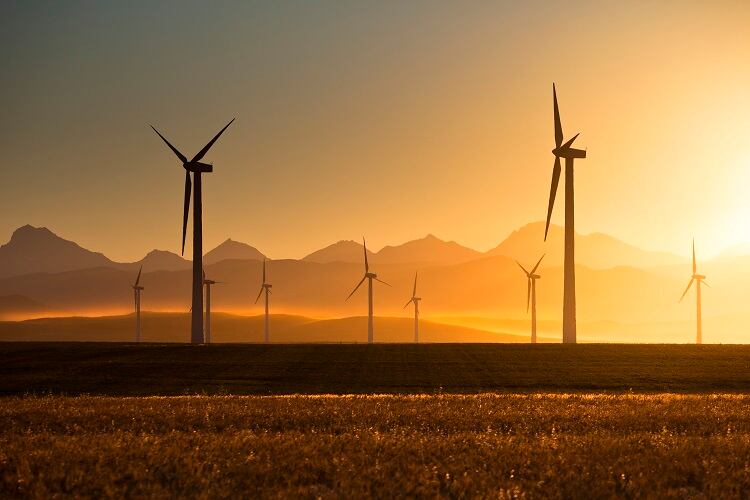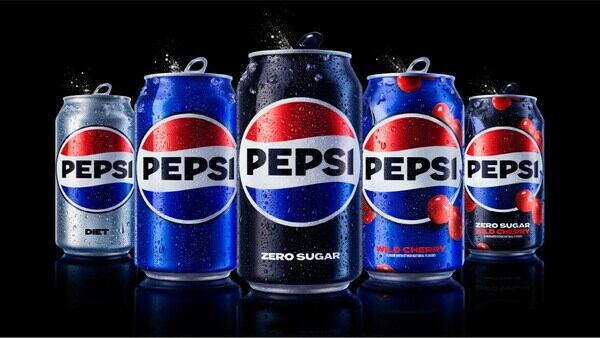When striving for sustainability, PepsiCo, which has pledged by be net zero by 2040, ten years before the goal outlined in the Paris Agreement, has a wide range of factors to consider. With a plethora of factories across the world, it must adapt to different geographies. As a company with close relationships with its farmers and growers, it must think about agriculture when striving for sustainability. Finally, it must consider scope 1, 2 and 3 emissions, all of which present different challenges.
During FoodNavigator’s Climate Smart Food summit last week, we spoke to Mark Allen, senior sustainability director for climate, water and sustainable operations at PepsiCo Europe, about the challenges of adapting sustainability measures to the context they place within.
Upscaling and adapting to different geographies
PepsiCo has several sustainability initiatives running in individual factories and locations. For example, it replaced diesel with hydrogenated vegetable oil in its trucks in journeys from the Quaker oat mill in Cupar, Scotland to Leicester, England. In another factory in Carregado, Portugal it is turning waste into renewable energy.
However, these initiatives have yet to be upscaled across PepsiCo’s factories. “We're a relatively big organisation, and we've got to pilot these tests somewhere to see if they work,” PepsiCo’s Mark Allen told us.
“We try them in different locations, different geographies, because they may work in one area but not in another area. Unless you try them, you're never going to find out what actually works.
“So the solution has to be compatible to the area you're operating in, the geography, what's available in that local market.
“And it isn't a broad-brush solution that we put everywhere. It doesn't work like that. What we've learnt is you've got to tailor these solutions to what's available.”
PepsiCo is also utilising green energy to power its factories in the Netherlands in partnership with energy company Eneco, in order to electrify Cheeto and Lays factories. Are there any challenges in continuing the flow of green energy?
“Again, it's back to that tailored approach,” Allen told us. “And it is difficult: you've got wind, you've got solar and it's not all available at the right time.”
The key is “tailoring those solutions to where is it available. Is it better in the Eastern Europe markets to have more biogas because you haven't got the renewable energy? In Western Europe maybe you have got the renewable energy, and therefore you can ramp up your electrification. It's about working out how you tailor that approach, but also how you catalyse it. You’ve got to do it as an evolution rather than a revolution.”
Having control over emissions
PepsiCo has pledged to be net zero across the board by 2040. In its own operations, this is a little easier. Key to this disparity is the difference in levels of control between scope 1 emissions, within PepsiCo’s own operations, and scope 3 emissions, which are far more difficult for it to influence. Scope 3 emissions are not directly under PepsiCo’s control, but only linked to it somewhere in its supply chain.
“I think the perception is that in your own operations you've got more direct control,” Allen told us, “so in theory (reducing emissions) should be easier to do.
“We've got a new site in Poland: we've just invested 300 million Euros aiming to test all of our unique technologies, pilot all of the initiatives, to get the greenest plant available. We can only do that because it's our own operation, it's in our own sphere of control.”
However, this is a small proportion of PepsiCo’s overall emissions. “I think 90% of the emissions comes from scope 3, so (scope 1 and 2 are) a smaller proportion of our total, but we do have control of it, and we should be more challenging on it. If you can make headway in your own sites where you do have control, it gives you a little bit of time to think about how to really ramp up the scope 3 emissions.”

Reducing scope 3 emissions, Allen told us, is very challenging. “If I'm honest, it's the bit where we're really spending a lot of time and effort at the moment,” he told us.
“We do have to do it. Trying to get our suppliers to sign up to science-based targets, supporting them with that transition, sharing our learnings with our bottlers and our franchise partners so that they can learn from us and what we've done internally and then applying those learnings, that's where we're focusing a lot of our efforts now.”
From field to factory
As well as working towards sustainability in its factories, PepsiCo is also focused on sustainability within agriculture. A central part of its sustainability initiative, Pep+, sustainable agriculture is vital in PepsiCo’s operations, according to Allen.
“If you look at where our products come from,” he told us, “whether it's Doritos or chips, it's an agricultural product. So we've been focusing on this, and we have very good relationships with the growers directly.”
With this, “you can make good improvements. We’ve seen a more than doubling of our regenerative footprint in 2022, to more than 900,000 acres globally, so we're making great steps in that space.”
A key part of sustainable agriculture is regenerative agriculture, which PepsiCo has also been using in its operations.
“It is at the heart of what we do,” Allen told us, “whether it's cover crops, rotations, optimising inputs fertilisers and not overusing. It's good practice if you're a farmer.
“One of the areas we're focusing a lot on is fertiliser, which is 1.5% of our global emissions. Hence we're looking at how do we get the application rates right, but also how do we do get to the point where we can move from a chemical base, which is using fossil fuel and huge energy, to organic matter, waste-based fertilisers, or even green energy fertilisers.
“We're also using technology. For example, iCrop or some of the other technical innovations around driving efficiency of application rates and inputs to the soil. With those, we've got live data coming back from a lot of the fields where we can monitor what's going on, what the yield is, what the inputs requires. So you can continually optimise and share that back with growers so that they can learn from each other.
“Because you do see differences in farming practices across regions. Seeing how we can leverage and share those practices across the region, is also part of the work we're doing.”




